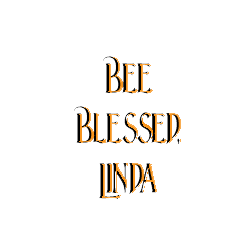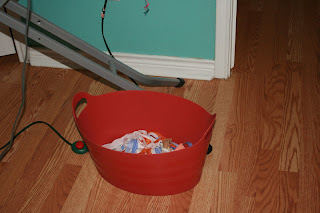I have several patterns that call for a checkerboard border. If you're new to quilting or just to working with checkerboard fabric, you may want to know a few little tips about it.
I love the look of checkerboard. It often gives a quilt a little "pop" and makes the colors stand out even more. I think my love for it comes from reading old children's books. The old Mother Goose books had covers with a checkerboard border.
Checkerboard can be either very easy or very difficult, depending on whether or not you know the tips about working with it.
Using it can be like working with a built in measuring tape. You can count the squares to match up lengths, for instance. (If you have 52 squares down one border, you know you need 52 squares down the opposite side.
When sewing it to a section, cut it so that you can sew along a row of squares instead of a 1/4" seam allowance. (On my quilts, you can fudge the size of your borders without any problem.) Always flip it over so that you are sewing from the checkerboard side and can see the row of squares easily. This will prevent you sewing down the middle of the squares and gives a nicer look.
Press your seams toward the checkerboard (on both sides) to give it a more raised appearance. If you are new to quilting, the side you press the seam toward will be a little more raised than the other side. So if you want a border to recede, press the seams away from it. If you want it to stand out slightly, press the seams toward it.
The corners are easy if you have measured your squares correctly. They should come out the same in each corner. You may need to fudge your border size one square larger or one square shorter to make the corner come out without having two black squares or two white squares butted up together. If you just can't change the size and it doesn't come out right, you may need a solid square in the corner.
Checkerboard comes in many sizes. The squares can range from over an inch wide to about 1/4" wide each. If one size doesn't look right, try a different size. If using the 1/4" wide squares, there is no need to fudge your border sizes.
It is easy to piece strips together because the seam just blends in.
I've been making my Irish Blessing pattern (on the right) as a sample in a different fabric/color combination. (It's not really crooked although the photo angle makes it look that way!)

I'll show you more when I get more done. So, until next time.....











































